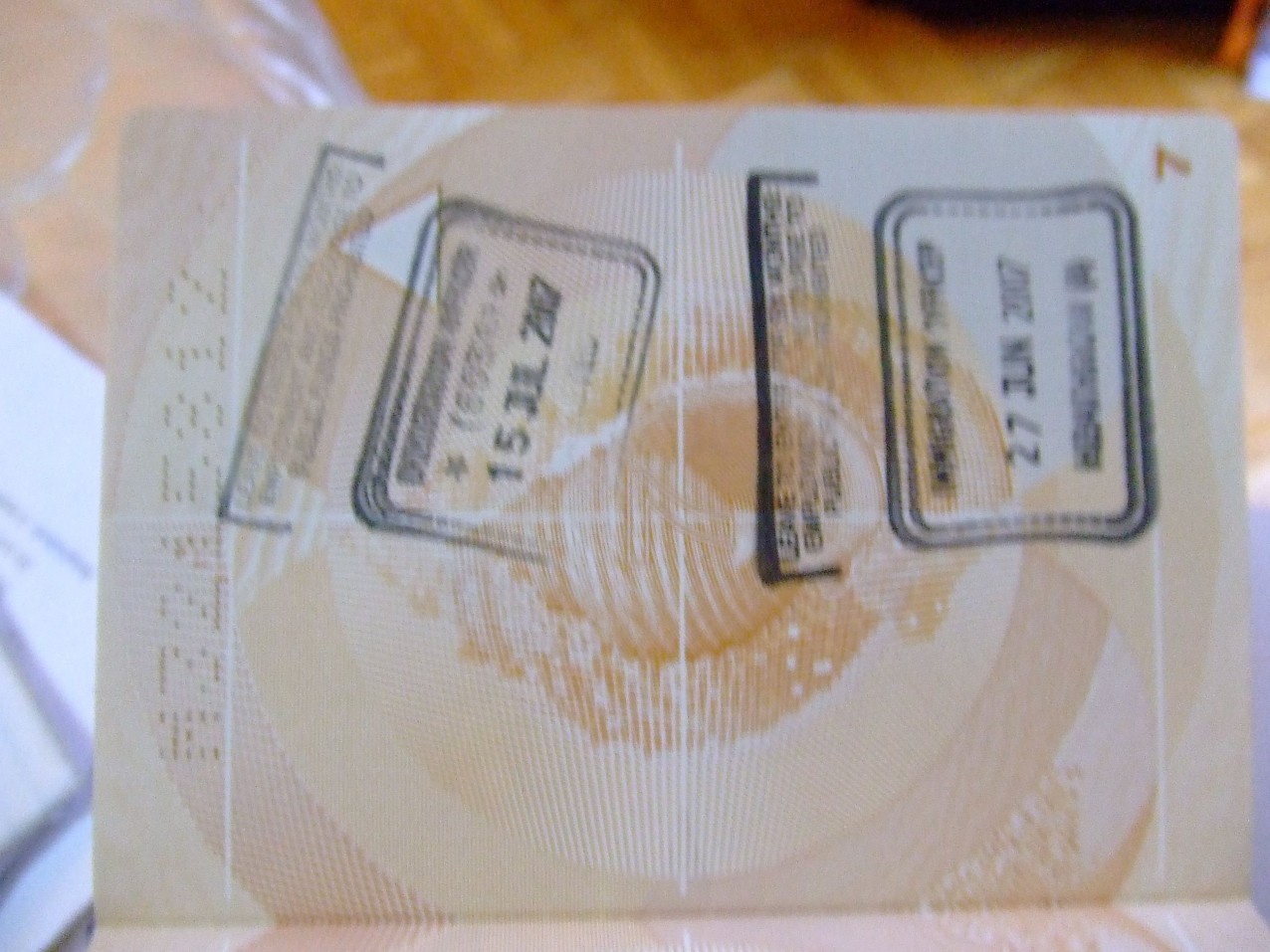This is a step-by-step guide to get you from Suvarnabhumi Airport to your arbitrary Bangkok hotel.
Visas | Exiting the Airport | Money | In Bangkok | Getting Around
Visas 
Tourists arriving in Thailand from Australia are eligible for a free 30 day visa-on-arrival.
The common practice of getting several 30 day visas-on-arrival back-to-back is getting gradually squeezed out by more stringent enforcement.
Exiting Suvarnabhumi International Airport (BKK).
Declaring Goods: Ignore the impulse to declare goods or anything else, ever. You are not smuggling powdered rhinos horn. Be gone with you.
The moment you see a free BTS/MRT train map, take 3 copies.
Leaving the airport, there are several options.
Bus: Don’t do it. Just don’t, unless you’re backpacking on Khao San Road.
Train: The train is accessible from the bottom floor of the airport. Take it if you are staying at Phaya Thai area, otherwise…
Taxi: There is now a strict process for taxis at the airport 2nd floor. Once upon a time, you could just jump into an dropping-off taxi on third floor and scoot. Less common now days.
The taxi procedure: Queue for a taxi on the 2nd Floor. Tell the booking agent your destination. There’s a small booking fee to be paid to your taxi driver. The taxi driver will collect you (or just wave at you vigorously) and take you to your hotel.
Money
Change money at the airport on arrival. The currency exchange rate is much better in Bangkok for AUD, USD, EUR. International-card-accepting ATMs are also abundant, using the Visa or Mastercard network cards. Do not change money at a bank in Australia.
The maximum amount of cash that can be taken out of an ATM at one time is typically 20,000 THB, ~ 660AUD.
The exchange rate is currently about 28THB to 1 AUD. This works out to roughly 100THB = ~3AUD.
Budget for roughly $50AUD/day just for eating and travel. This is splashing out money That’s fancy meals and a couple cocktail and taxis.
Consider the following:
If I was stuck in the middle of Sydney with only 5 dollars, I cannot afford to buy a meal, NOR a pack of cigarettes NOR a taxi ride across town. In Bangkok, I can buy a meal AND get cigarettes AND get a taxi ride across town.
In Bangkok
Khun phut phasaa angrit, dai mai?
English is more common in Bangkok and other Thai tourist destinations more than ever. * Let’s say 1 in 3 taxi drivers speak English. Chai!
The areas of interest, besides the fantastic array of shopping malls are the night time tourist areas. During the day, shopping malls are the safest bet. Not that Bangkok is Dangerous. No, I’m saying that Heatstroke is Dangerous.
Remember the train station map you picked up at the airport/hotel front counter? This is your new best friend.
Getting Around
Avoid taxis during home-time peak hour AT ALL COSTS. Evening peak hour is between the hours of 5pm til 8pm. Peak hour is far worse during rain, and taxis are conspicuously hard to hail down during downfalls.
Taxi passenger protocols: Always insist that the driver turns on his taxi-meter within 10 seconds of traveling. The driver may refuse to take you or try to negotiate a fee up front. Depending on your budget and patience and most importantly – the scarcity of taxis – refuse the first offer. Negotiate, but if the barter is not in your favour, get out of the cab, hail another cab. As a rule, taxi drivers do not make much money, so the incentive to squeeze you a little is strong.
As a tourist, you’ll be relying heavily on the mass transit rail systems, the BTS and MRT. This also confines your journeys to the skytrain/underground routes, but it’s much simpler too.
Metro train tickets: Line up at the window and ask for a 1 day or a multi-day pass. It’s affordable and convenient. The BTS Skytrain and the MRT Underground use separate non-compatible ticketing system.
For the ambitious: Getting to destinations typically requires several parts. a) a train ride b) a taxi or motorcycle ride to get from the train station to the actual destination. Sometimes there is an intermediate step involving c) a canal boat ride (khlong boat).
Motorcycle rides: To travel up and down long sois with expedience, you will need to ride the back of a motocy-taxi. You need to communicate to the guy where you need to go. Then you need to know that whatever happens, the driver is going to charge you triple for being a tourist. 2km long sois still charge 20THB for the full distance ride, and that’s on high end Soi Thonglor. Half way travel works out to half the fee, 10THB. So, do not part with more than 30THB for a bike ride, as a matter of principal. Negotiate the fee up-front, then jump on the back of the damn bike.
Motorcycle-riding etiquette. If you are new to this, by all means hold the sissy bar at the back of the scooter. If you are female, side-saddle is the urbane fashion. Women straddling the bike are fine too, but those women are to be considered as back-road country bumpkins. It’s okay to gently lean on the driver, but essentially, when the driver leans to turn, you match his lean angle. Keep your shoulders relaxed and your core muscles firm. Resist the urge to talk on your mobile phone whilst in motion until you are familiar with the terrain.
Tuk Tuks: Similar to motorcycles but with more room for the ample gentleman. The fee is negotiated up front.